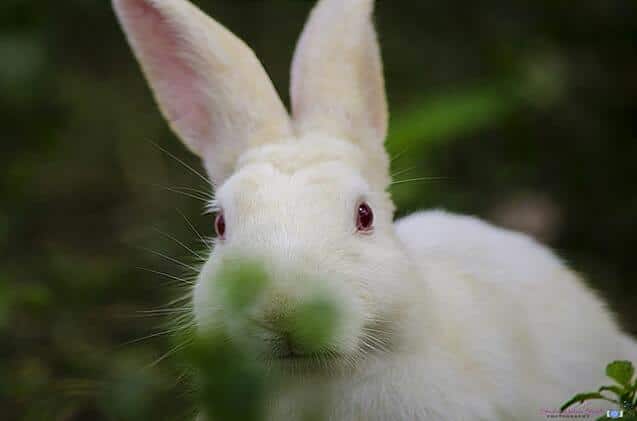Americans raise millions of rabbits each year for many reasons – including for show and for pets — but homesteaders, off-gridders and preppers raise them for meat. Selecting the right breed for your homestead requires consideration of several factors.
First, you want an efficient dressout. This means that there is a high meat-to-bone ratio. You want a rabbit that converts its feed to meat, not bone. Second, a high feed conversion is important. Feed conversion refers to how efficiently a rabbit converts its feed into increased weight. In other words, we’re talking about rabbits that consume the least feed to reach slaughter weight. For those interested in pelts, a secondary consideration is quality of the fur. Similar to dual-purpose chickens (eggs and meat), there are dual-purpose rabbits (meat and pelts).
Several rabbit breeds successfully meet these criteria.
1. New Zealand
The history of the most popular meat rabbit in the world and the United States is murky, but they probably did not come from New Zealand. Rather, southern Californian breeders likely developed them through cross-breeding Flemish Giants with the now rare Belgian Hare. New Zealands are renowned for their large size (up to 13 pounds) with thick bodies that yield a lot of meat. New Zealands are my favorite rabbit breed and make up the core of my rabbitry. Not only are they efficient meat producers, but they also have a gentle disposition that makes handling them easier than some other breeds.
2. Californian
This breed is second in popularity to New Zealands and widely recognized for its all-white bodies, except for dark areas on the nose, ears, feet and tail. They are also a large breed, weighing in at up to 11 pounds. The knock against Californians, in my opinion, is that they are not as easy to handle as New Zealands. However, I usually keep a Californian buck on hand. When they are cross-bred with a New Zealand doe, the litters tend to be larger in number and size.
3. Rex
One day more than a hundred years ago a French peasant noticed that his doe had birthed a new-looking rabbit. It was smaller but had the softest fur he’d ever felt. Over the years, he worked hard to reproduce these rabbits, calling them “King” in French for their plush fur texture that yields superior pelts.
Get Backup Electrical Power In A Convenient, Portable Briefcase!
You may want to consider Rex rabbits for two reasons. First, if you’re looking for a dual-purpose breed (meat and pelts), this is a good choice. Second, Rex rabbits are smaller than New Zealands and Californians, rarely weighing more than eight pounds. Many people who raise rabbits for meat prefer smaller rabbits because they take up less space. Some also feel that the meat from a smaller rabbit is more economical.
I own a couple of Rex rabbits, because I have found them to be better resistant to heat than New Zealands. This is my subjective opinion, but heat is an issue where I live.
The Best Prepper Breed?
So what’s the perfect breed for an off-the-gridder or prepper? None of the above. The key to raising rabbits sustainably is survival. So, you need a mixture. While many breeders selectively breed one type of rabbit to get the “perfect rabbit,” we need to focus on survival. Some genetic diversity and the resulting hybrid vigor is key to healthy rabbits. That’s why I have three breeds — New Zealands, Californians and Rex rabbits.
I have two lines of rabbits going: one purebred New Zealands, and the other line, which is a New Zealand-based breed but with varying amounts of Californian and Rex genes. They may not all look the same, or be the same weight, but the hybrid vigor in them keeps them strong and healthy.
Selective Breeding for Preppers
Rabbit-breeding purists will frown at this article, pointing to the needless genetic deterioration and variability in size caused by cross-breeding. But our goal is different — it is the perfect breed for our homestead. Where I live, it rarely gets lower than 10 degrees (Fahrenheit) in the winter, but summers can get up to 100 degrees. So for me, I’m always observing my stock during the summer. Which ones are really struggling, and which ones seem fine on hotter days? Those that deal with the heat and otherwise have no poor characteristics make up my breeding stock. Those that start panting when it gets up to 80 degrees become meat in the freezer. Your situation may be different. The key is having rabbits that thrive on your homestead.
What is your favorite breed of rabbit? Share your advice in the section below:
 Off The Grid News Better Ideas For Off The Grid Living
Off The Grid News Better Ideas For Off The Grid Living




